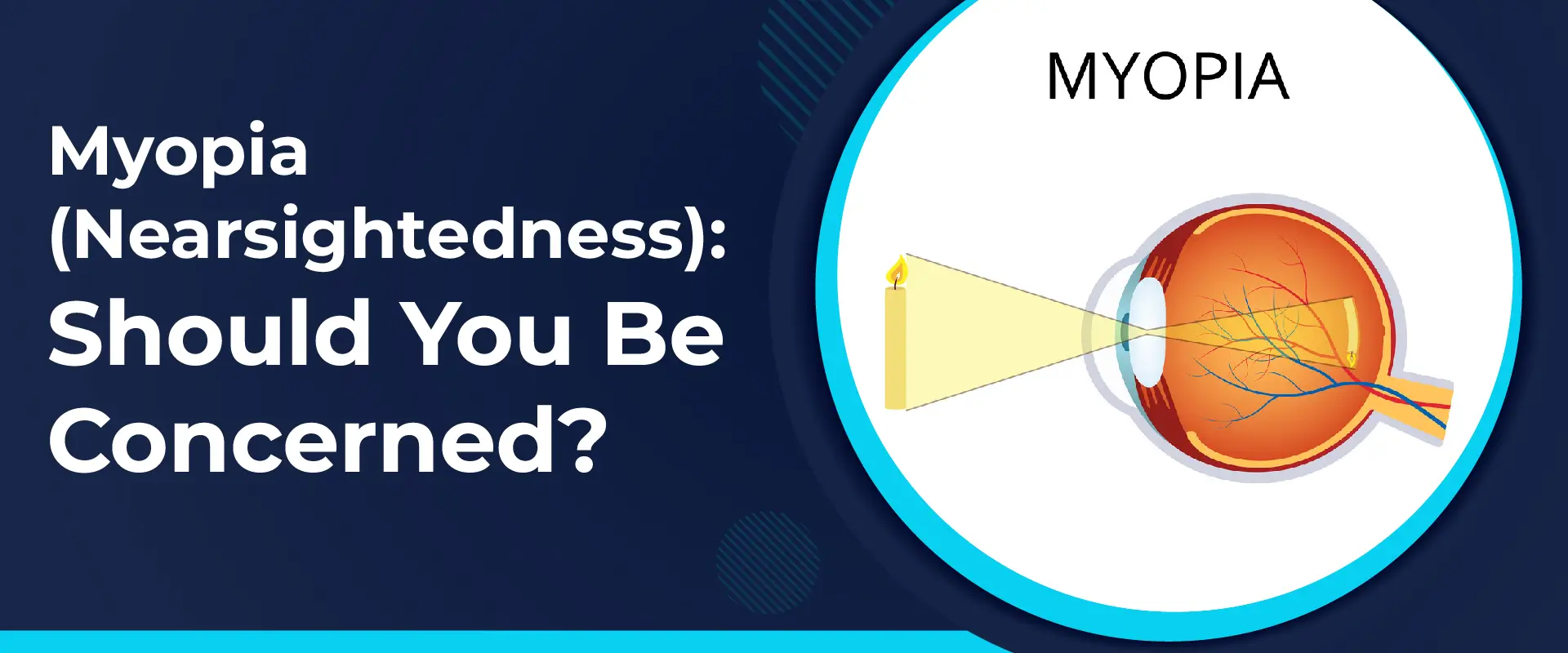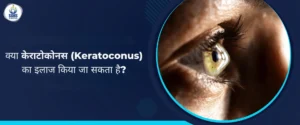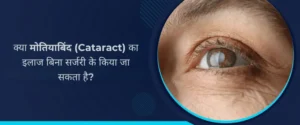Every other child and adult you see today wears eye glasses. Why? While people aged above 40 generally wear reading glasses because of weak close vision – referred to as presbyopia, children and younger adults have weak distant vision or myopia.
Most myopics have to wear spectacles all the time they are awake, especially if the condition interferes with daily life. Given the rapidly increasing statistics of myopic population, it might have never occurred to you that myopia can be a matter of concern. But beware! It is something to be cautious about.
What is Myopia?
Myopia or nearsightedness in common parlance is an eye condition in which you can clearly see near objects but far objects look blurred. To exemplify, you may comfortably read a map but face trouble seeing clearly enough to drive a vehicle.
As per American Academy of Ophthalmology (AAO), by 2050, almost half the world population is expected to have myopia.
Myopia risk factors include family history and children spending too much time indoors which limits their exposure to natural light.
It is often seen that in children, myopia generally increases with age, but once you reach twenties, the prescription usually becomes stable.
Types of Myopia
Depending on the magnitude, myopia or nearsightedness can be classified into three types:
| Type | Prescription Range |
| Low/Mild myopia | Less than 3 Diopters |
| Moderate myopia | 3-6 Diopters |
| High/Severe myopia | More than 6 Diopters |
How Myopia is Detrimental to Vision
Irrespective of the degree of myopia, it puts you at a higher risk for serious, vision-threatening complications later in life.
The probability of complications rises with progression of myopia.
Those with high or progressive myopia are much more vulnerable to eye complications than those with no or low myopia.
High myopia that results in eye conditions and loss of vision is known as pathological myopia.
Eye Problems Caused by High Myopia
Childhood myopia typically occurs when the eye elongates from front to back. In progressive myopia, the eye continues to elongate. This further results in stretching and thinning of the retina and other delicate eye tissues, leading to various serious eye conditions that may cause irreversible loss of vision and even blindness.
Here we elaborate the different eye conditions, the risk of which increases with myopia:
Myopic Macular Degeneration
Also known as myopic maculopathy, the risk for this eye condition surges drastically with increase in degree of myopia.
- Any degree of myopia – 100X more risk
- High myopia – 800X or higher risk
Cataracts
Myopic individuals are at significantly higher risk of cataracts, particularly posterior subcapsular cataracts.
Additionally, high myopia means you may develop cataracts at a younger age and at two times the rate as that with low myopia individuals.
Glaucoma
Myopia, even if the degree is low, hugely raises your risk of primary open-angle glaucoma. Nearsighted people are almost 2 times as likely to have glaucoma. High myopia can mean 3 times glaucoma risk than those with no myopia.
Retinal Detachment
Retinal detachment is 3 times more likely to affect a myopic individual. Also, the chances increase with myopia progression.
A study revealed that approximately 55% non-trauma retinal detachment cases are due to nearsightedness.
What to Do?
It is essential for parents to be watchful about their kids’ eyes. While the first comprehensive eye examination of a child should be at the age of 6 months, another one is recommended at 3 years of age.
All children and teens till the age of 18, should have complete eye checkups every year. It will help detect any vision issues, including myopia, early on and treat them before they damage the child’s vision. Given that these days, children rarely spend time outdoors and stay glued to mobile and computer screens all day long, it becomes all the more important.
Schedule regular eye examinations of your child with Sohana Eye Hospital. Apart from highly qualified and experienced paediatric eye specialists, the hospital has all kinds of advanced diagnostics and treatments for the little eyes. Moreover, your child’s eye doctor will let you know how frequently their eyes should be checked depending on their eye health.





